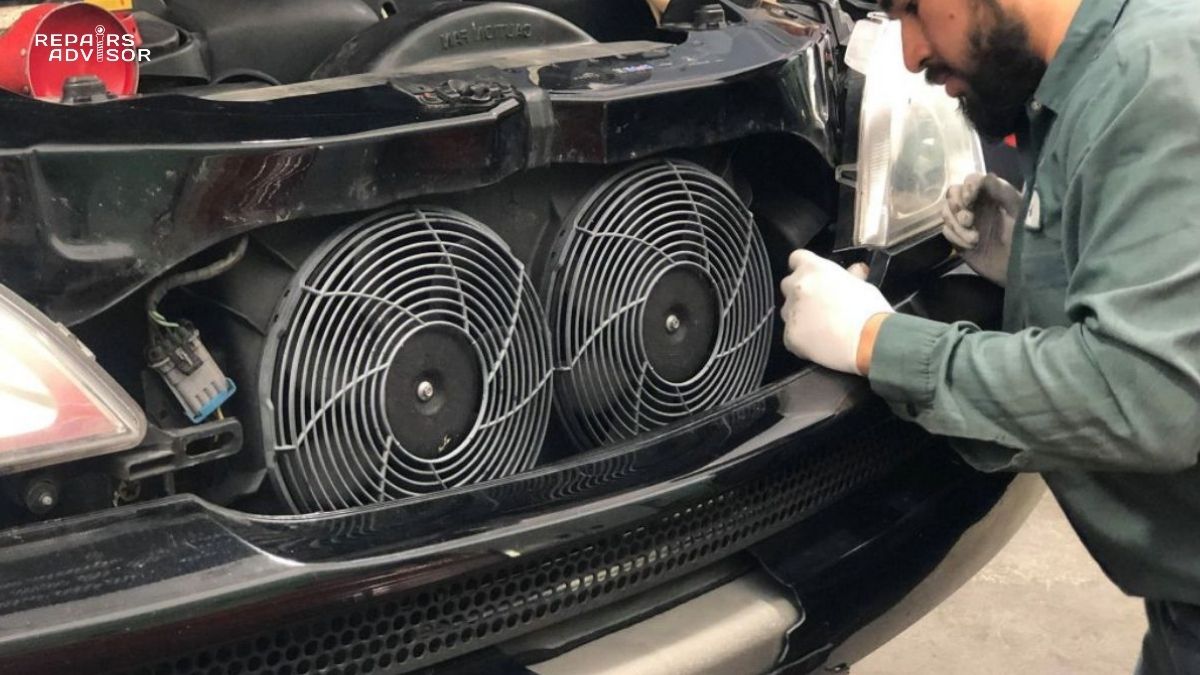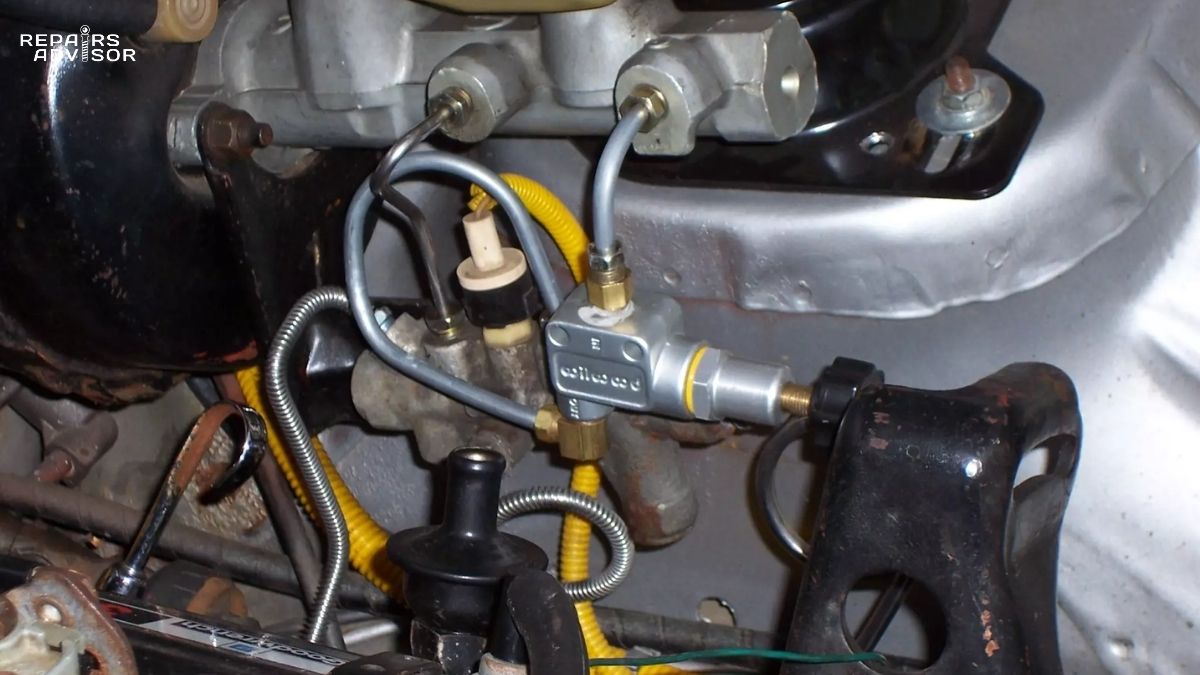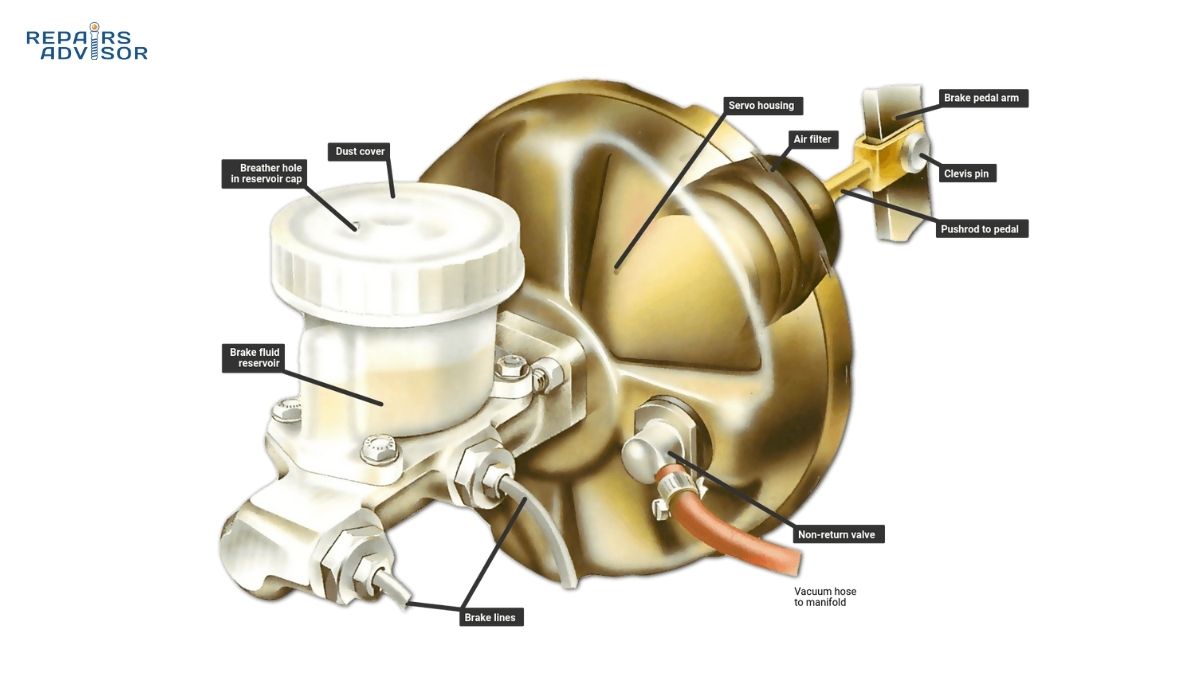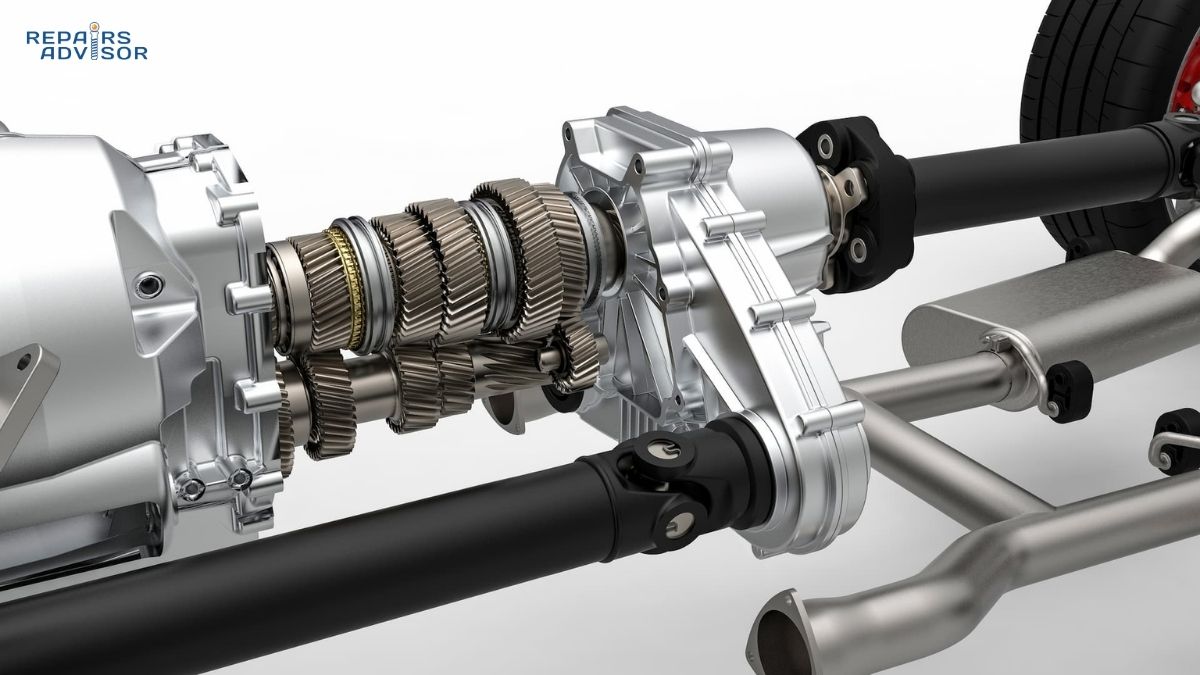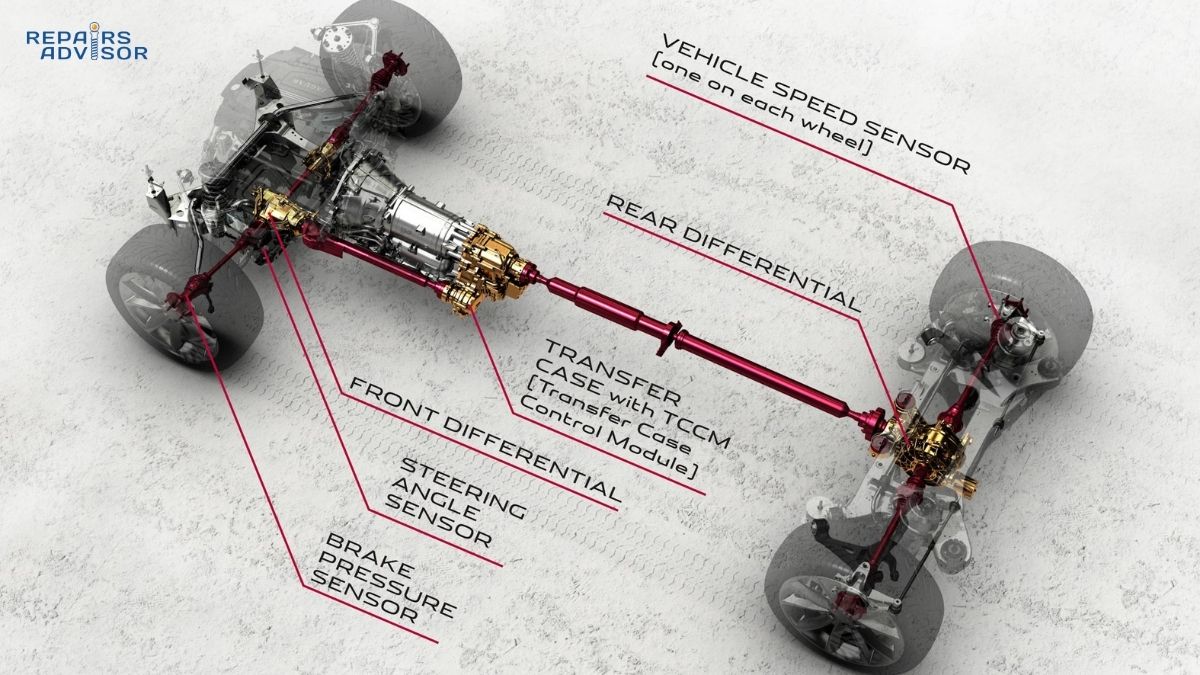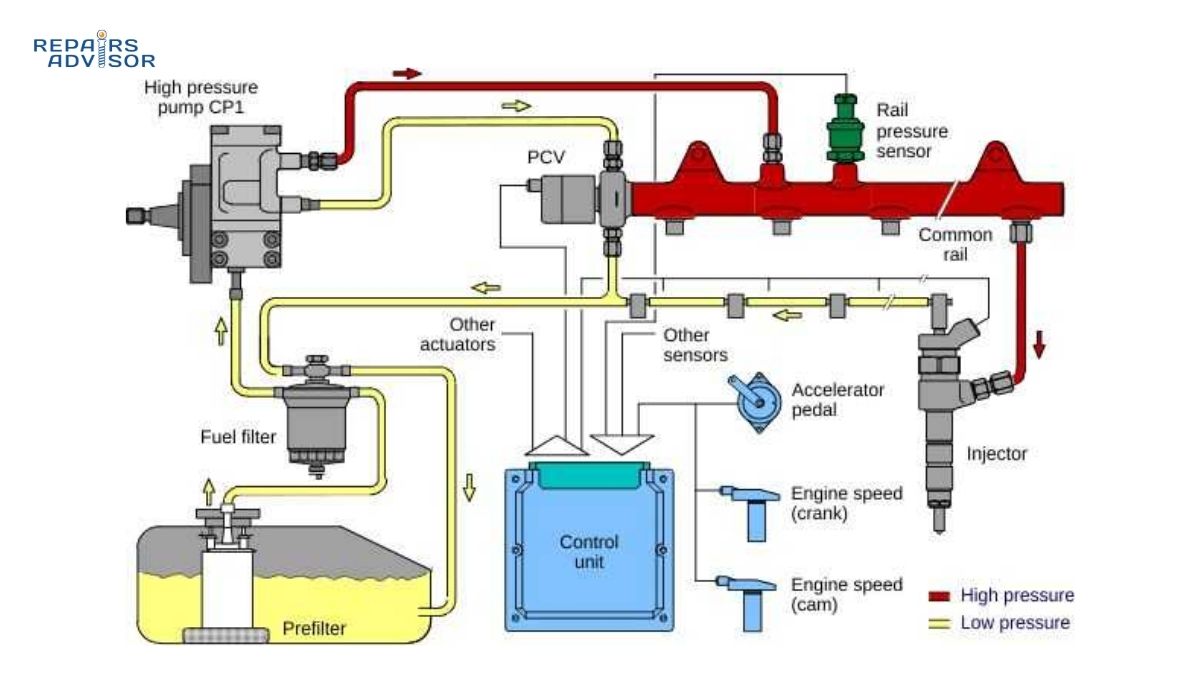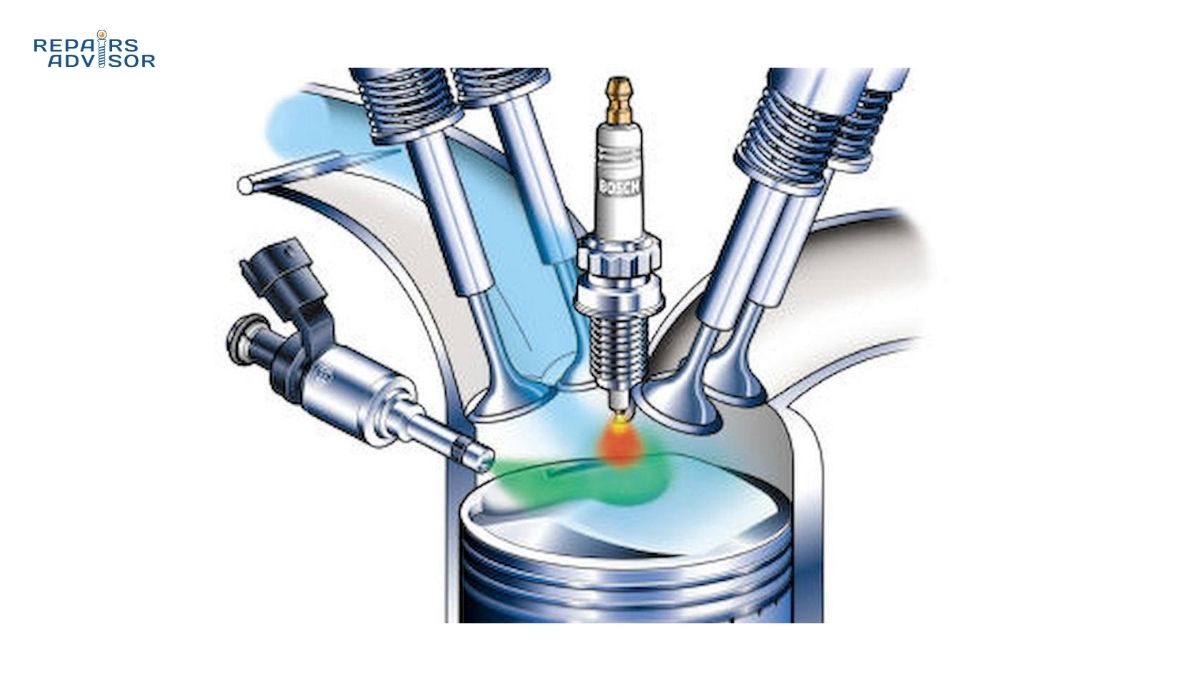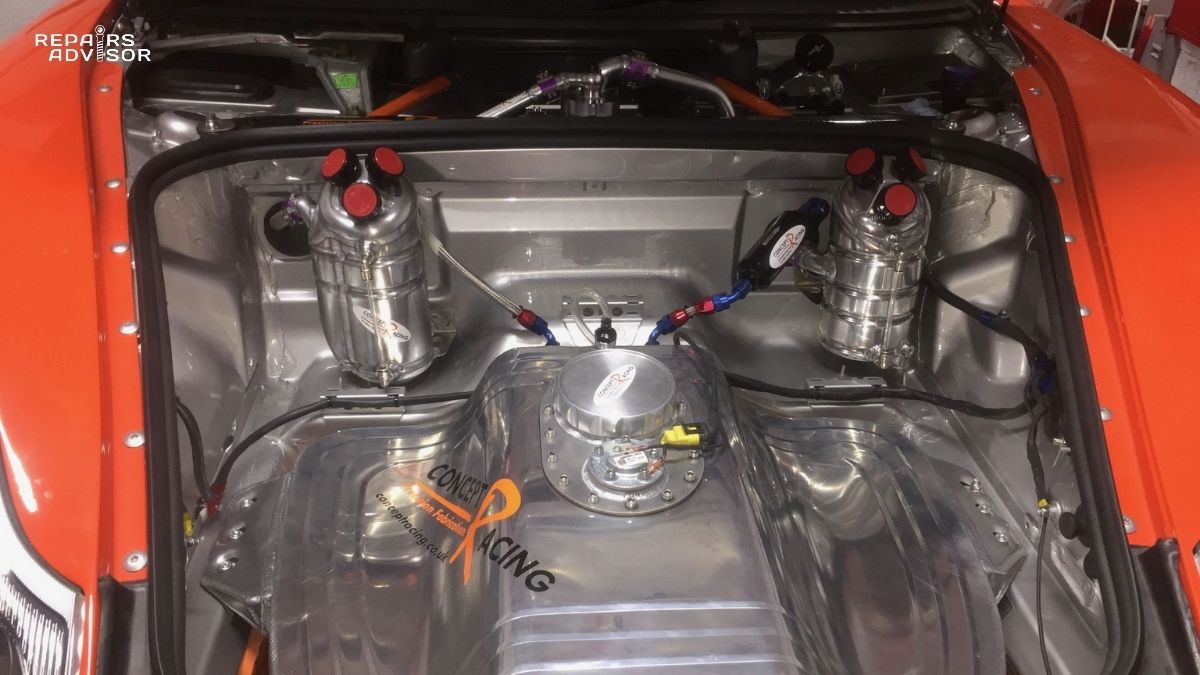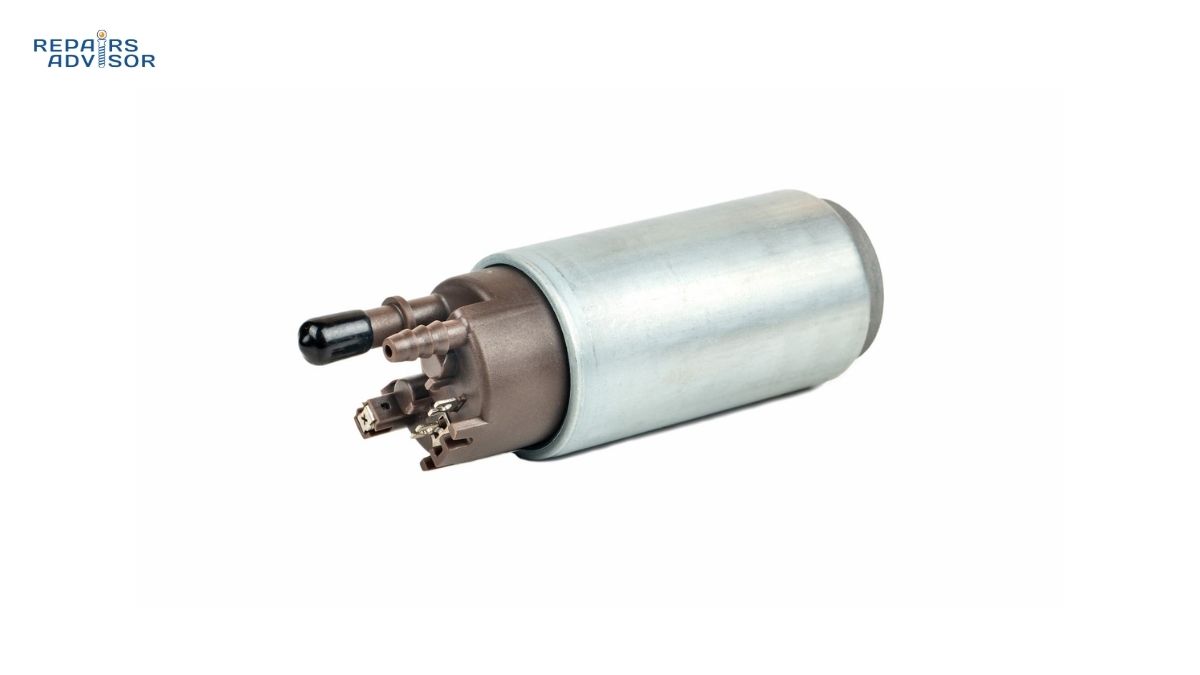Why Radiator Fans Are Critical for Engine Performance
Radiator fans serve as the engine’s primary airflow management system, ensuring optimal cooling performance during all operating conditions. When your vehicle isn’t moving fast enough to generate natural airflow through the radiator, these electric or mechanical fans step in to prevent dangerous engine overheating.
For intermediate DIY enthusiasts, understanding radiator fan operation helps you diagnose cooling problems early and perform basic maintenance. Professional mechanics rely on fan system knowledge for efficient troubleshooting of complex cooling issues. Even beginners can recognize fan failure symptoms and take appropriate safety measures before costly engine damage occurs.
Modern vehicles typically use electric cooling fans controlled by the engine management system, though some still employ mechanical fan clutches. Electric fans offer precise control, improved fuel efficiency, and reduced engine noise compared to traditional belt-driven systems. The engine cooling system works as an integrated unit where fan performance directly impacts engine temperature regulation.
Safety Note: Always allow the engine to cool completely before working near radiator fans. Electric fans can activate unexpectedly even when the engine is off, presenting serious injury risk.
Radiator Fan Parts and Construction Explained
The radiator fan assembly consists of several critical components working together to provide controlled airflow through the radiator core. Understanding each part’s construction helps you identify failure points and maintenance requirements.
Electric Motor Housing: The primary component contains a high-torque electric motor designed for continuous operation under high temperature conditions. The motor housing includes sealed bearings, protective covers, and mounting brackets that secure the entire assembly to the radiator or cooling module. Quality electric motors feature thermal protection switches that prevent overheating damage.
Fan Blade Assembly: Multi-blade designs optimize airflow efficiency while minimizing noise and power consumption. Most modern fans use lightweight composite materials or reinforced plastics that resist cracking under temperature extremes. The blade angle and spacing determine airflow volume and pressure characteristics. Performance fans may feature variable pitch blades for enhanced cooling capacity.
Fan Shroud: This protective housing directs airflow specifically through the radiator core rather than around it. The shroud prevents air recirculation and maximizes cooling efficiency. Construction materials range from molded plastic for standard applications to aluminum for high-performance installations. Proper shroud design ensures the radiator receives maximum airflow benefit.
Control Electronics: Modern electric fans include speed controllers, temperature switches, and relay systems that integrate with the vehicle’s engine management network. These components monitor coolant temperature, vehicle speed, and air conditioning operation to determine optimal fan operation. Advanced systems may include variable speed control for precise temperature management and reduced power consumption.
How Radiator Fans Work: Step-by-Step Operation
Radiator fan operation involves a sophisticated control system that monitors multiple vehicle parameters to maintain optimal engine temperature under all driving conditions.
Step 1: Temperature Monitoring and Activation: The engine management system continuously monitors coolant temperature through dedicated sensors. When coolant temperature reaches the first threshold (typically 185-200°F), the system activates the primary cooling fan at low speed. This early intervention prevents temperature spikes during idle conditions or slow-speed driving. The thermostat works in coordination with fan activation to maintain consistent operating temperature.
Step 2: Speed Modulation and Load Response: As cooling demands increase, the fan controller adjusts motor speed through pulse-width modulation or multiple-speed relays. High-speed operation engages when coolant temperature exceeds secondary thresholds or when air conditioning places additional heat load on the cooling system. Advanced systems monitor ambient temperature, vehicle speed, and engine load to optimize fan performance while minimizing power consumption and noise.
Step 3: Multi-Fan Coordination and System Integration: Vehicles with dual fans coordinate operation between primary and secondary units based on cooling requirements. The primary fan typically handles normal cooling loads, while the secondary fan activates during high-demand situations like highway climbing or extended idling with air conditioning. Both fans work together during maximum cooling scenarios to prevent overheating damage.
Step 4: Shutdown and Thermal Management: Even after engine shutdown, the cooling fans may continue operating to dissipate residual heat from the engine bay. This after-run cooling prevents heat soak that could damage sensitive components or cause vapor lock in fuel systems. The system monitors coolant temperature and automatically shuts down fans when safe temperature levels are reached.
Radiator Fan Location and Access Guide
Locating and accessing radiator fans requires understanding your vehicle’s cooling system layout and following proper safety procedures during inspection or maintenance.
Primary Fan Location: Most vehicles mount the primary cooling fan directly behind the radiator, between the radiator core and the engine. This position maximizes airflow efficiency while providing protection from road debris. Access typically requires removing the upper radiator cover or air intake components. Some vehicles position the fan in front of the radiator for improved service access.
Electrical Connections: Fan electrical connections include power supply wires, ground connections, and control signal lines from the engine management system. These connections are usually located near the fan motor housing and may include weatherproof connectors to prevent corrosion. Professional diagnosis often requires checking these connections for proper voltage and ground continuity.
Service Access Considerations: Accessing radiator fans for maintenance or replacement typically requires removing the cooling system’s upper shroud and disconnecting electrical connections. In some vehicles, removing the entire cooling module provides better access to fan components. Always drain coolant before disconnecting cooling system components to prevent spills and air bubble formation.
Safety Precautions: Before working on radiator fans, ensure the engine is completely cool and disconnect the battery negative terminal to prevent unexpected fan activation. Electric fans can operate even when the engine is off if coolant temperature remains elevated. Wear protective equipment and use proper tools to avoid injury from sharp fan blades or hot cooling system components.
Integration with Cooling System: The radiator fan works as part of the complete engine cooling system, coordinating with the water pump, thermostat, and radiator to maintain optimal engine temperature. Understanding this integration helps you diagnose cooling problems systematically rather than focusing only on individual components.
For professional diagnostic procedures and manufacturer-specific repair information, consult your vehicle’s service manual for detailed specifications and safety requirements. Remember that cooling system work involves hot fluids and electrical components that require appropriate safety measures and technical expertise.
Disclaimer: This information is provided for educational purposes only. Always consult manufacturer specifications and consider professional consultation for safety-critical cooling system repairs. Improper cooling system work can result in serious engine damage or personal injury.
